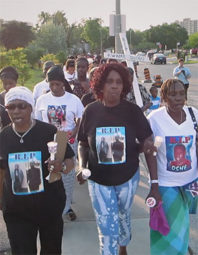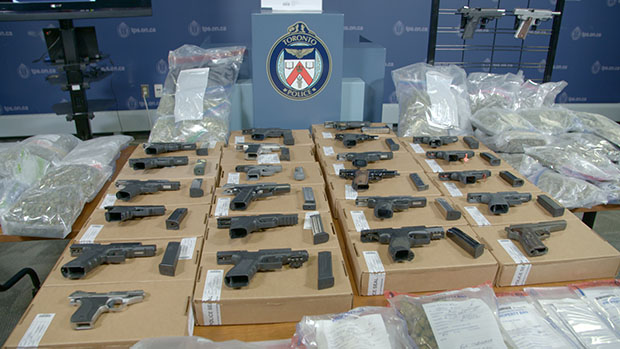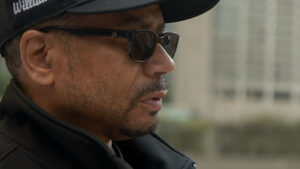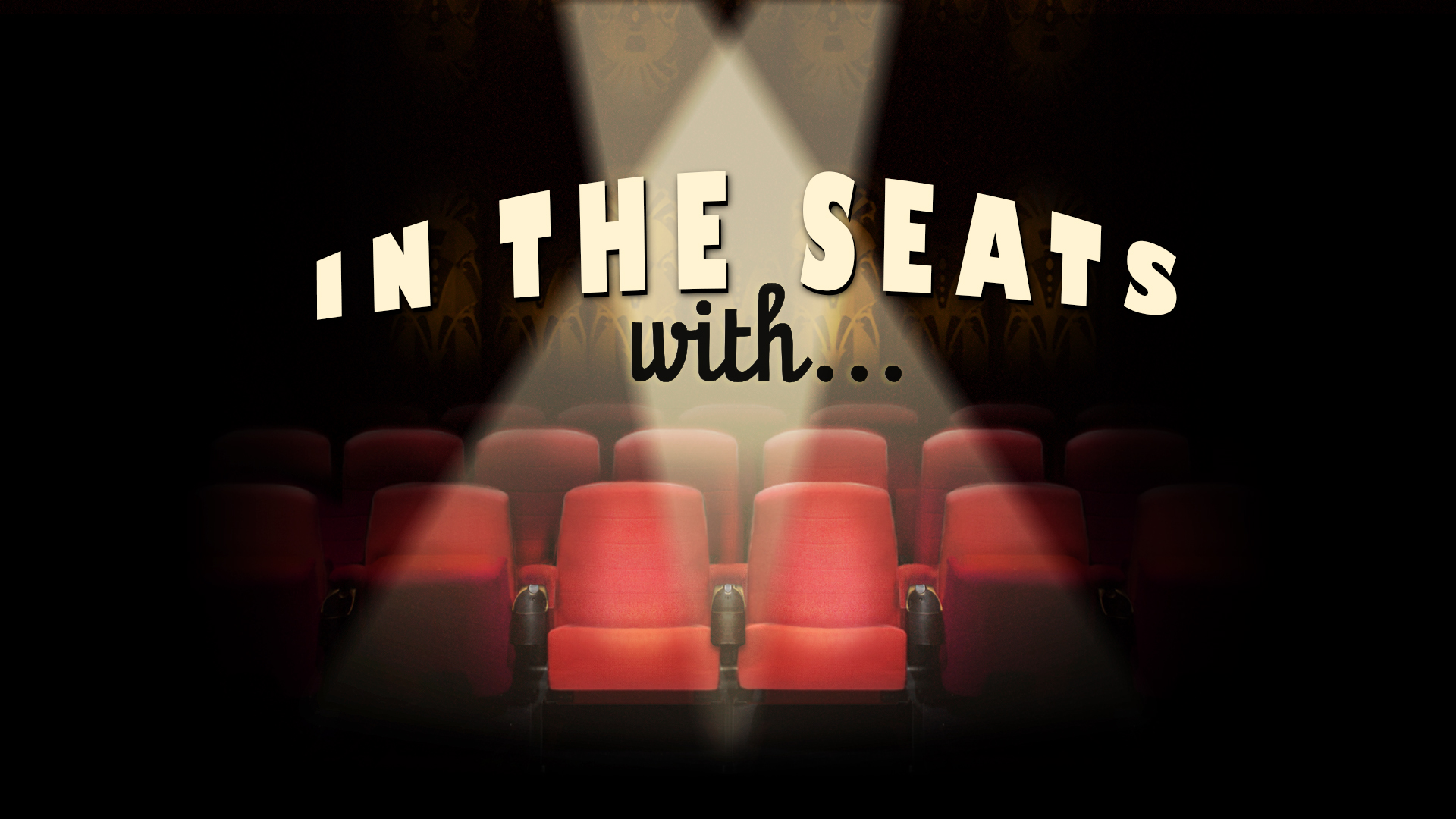
Canadian musician Shad opened his 2012 song “A Milli Vanilli” by stating “Young man on the street with a TEC drawn/Unless it’s on Yonge Street it gets slept on.” The line pointedly called out the hypocrisy of the selective nature of public outrage when it comes to gun violence in Toronto. When the violence occurs in low income areas people outside of those communities rarely bat an eye.
Seven years later and these sentiments are still being echoed in Marc de Guerre’s documentary Year of the Gun. As one individual points out early in the film, some communities have been dealing with the gun violence for close to 25 years and neither the politicians or the public at large pushed for any form of significant change. That neglect is no longer an option as the violence has spread across Toronto in brazen fashion. Hitting a record high number of gun related incidents, a whooping 424 in fact, 2018 was eye-opening for even Toronto police chief Mark Saunders.
What has led to this drastic increase? Well, according to Guerre’s film, it is a culmination of several factors. When you consider Canada’s weak gun laws, financial inequality of certain communities, various, disenfranchised youth and the fact that 50% of the firearms are being smuggled in from the States, just to name a few, you have a complex problem. One that cannot be solved by simply throwing more cops on the streets or building yet another basketball court in impoverished areas.

While Year of the Gun highlights the vastness of the gun issue in Toronto, Guerre offers little in the way of concrete answers or actionable steps towards resolving the problem. The film shows that the greater political body, who seemingly have the power to make positive change, refuse to truly address the issues at the core. Leaving individual politicians, who represent the communities most in danger, to fight an uphill battle.
One of the perplexing aspects of the film is the way the it explores the issue of racial disparity in relation to gun violence. While the film deserves credit for including gang members who don’t fit into the traditional media narrative of what the perpetrators of gun violence look like, Guerre’s approach to highlighting those left to mourn the victims is somewhat problematic. A key emotional moment in the film involves four mothers, all white, discussing the topic of pain and forgiveness after losing sons and daughters. During the ladies’ discussion, Guerre intersperses footage of mothers and family members in primarily minority driven communities consumed with grief, but we don’t get to hear their perspective.
When we do hear from those who live in neighbourhoods with the highest density of guns, including artists, social workers, and minority-based support groups, it often from the perspective of individuals striving to make their community better. Though gun violence is widespread, even Year of the Gun cannot help but fall into familiar tropes of the type of victims who evoke the most sympathy in the media.
Though the Year of the Gun is short on answers, it still serves as a decent entry point into a much larger discussion. The film shines a light on the harsh realities of a gun problem that the city can no longer afford to ignore.

